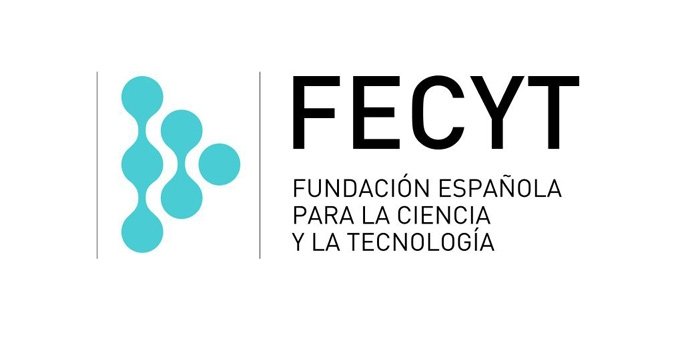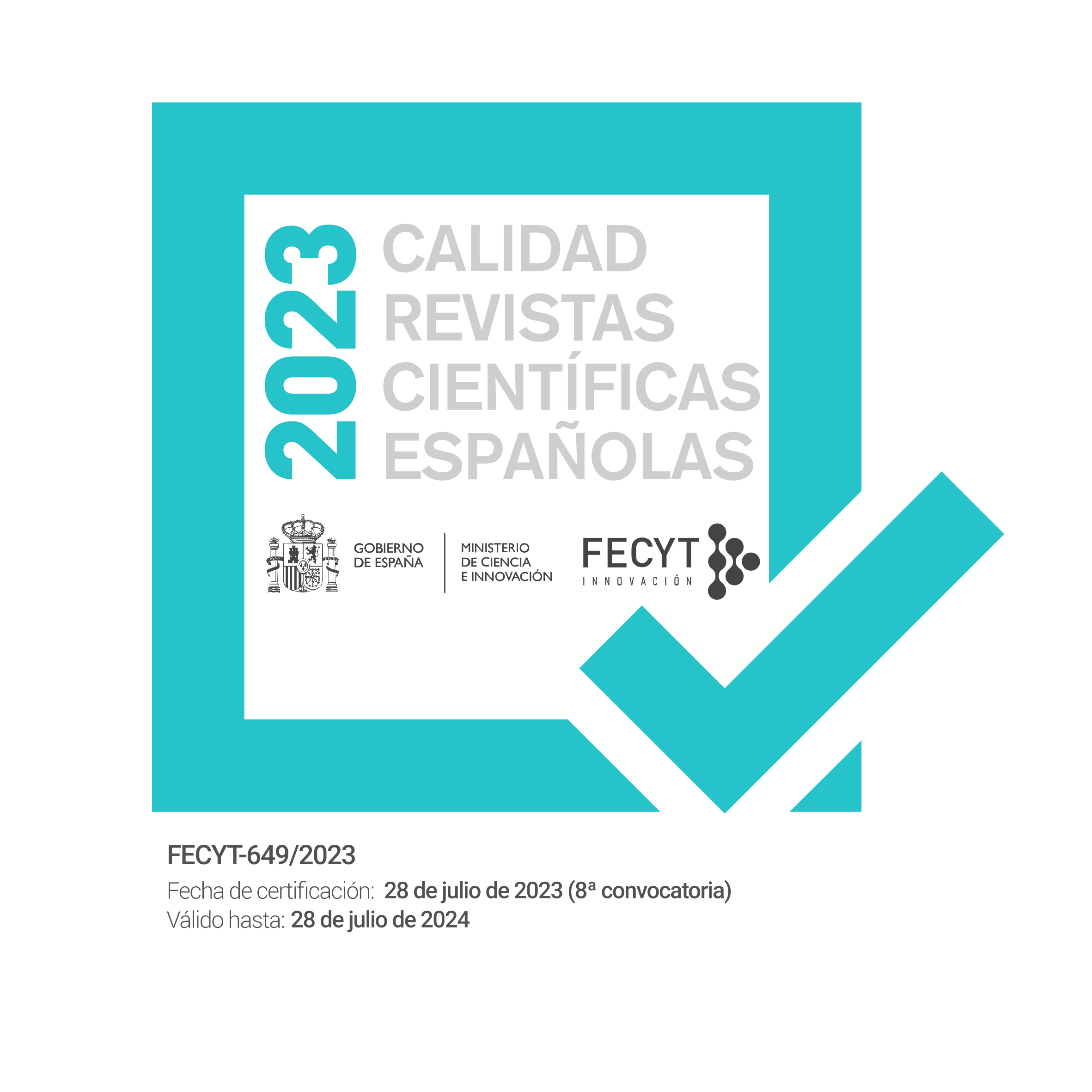Automatic valuation of residential properties using Machine Learning models
DOI:
https://doi.org/10.17561/ree.n2.2023.7823Keywords:
real estate valuation, machine learning, gradient boosting machineAbstract
Recent literature on real estate valuation has provided evidence on the good performance of machine learning models in predicting price behavior, especially when compared to those obtained by traditional valuation methods. The latter are widely used in professional practice. However, some limitations are still highlighted, such as the black box design and the difficulty in interpreting the results provided by these techniques. This work aims to compare the results and performance of different machine learning models applied in the field of residential real estate valuation. For this purpose, a large database of property listings in the city of Madrid has been compiled, which allows the sample to be divided into training and test groups. The comparison between the models has been carried out through different metrics, among which the MAPE (Mean Absolute Percentage Error) stands out as one of the favorites of valuation companies. The metrics we have used confirm a good generalized performance for the set of trained models, with relatively small variations after the validation process.
Downloads
References
REFERENCIAS
Abidoye, R. B., Junge, M., Lam, T. Y., Oyedokun, T. B., & Tipping, M. L. (2019). Property valuation methods in practice: evidence from Australia. Property management, 37(5), 701–718.
Ahn, J. J., Byun, H. W., Oh, K. J., & Kim, T. Y. (2012). Using ridge regression with genetic algorithm to enhance real estate appraisal forecasting. Expert Systems with Applications, 39(9), 8369–8379.
Arribas, I., García, F., Guijarro, F., Oliver, J., & Tamošiūnienė, R. (2016). Mass appraisal of residential real estate using multilevel modelling. International Journal of Strategic Property Management, 20(1), 77–87.
Baldominos, A., Blanco, I., Moreno, A. J., Iturrarte, R., Bernárdez, Ó., & Afonso, C. (2018). Identifying real estate opportunities using machine learning. Applied Sciences, 8(11), 2321.
Grover, R. (2016). Mass valuations. Journal of Property Investment & Finance, 34(2), 191–204.
Guijarro, F. (2019). Assessing the impact of road traffic externalities on residential price values: A case study in Madrid, Spain. International Journal of Environmental Research and Public Health, 16(24), 5149.
Guijarro, F. (2021). A mean-variance optimization approach for residential real estate valuation. Real Estate Management and Valuation, 29(3), 13–28.
Hamid, A. (2007). Combining geographic information systems and regression models to generate locational value residual surfaces in the assessment of residential property values. Pacific Rim Property Research Journal, 13(1), 35–62.
Ho, W. K., Tang, B. S., & Wong, S. W. (2021). Predicting property prices with machine learning algorithms. Journal of Property Research, 38(1), 48–70.
Kok, N., Koponen, E. L., & Martínez-Barbosa, C. A. (2017). Big data in real estate? From manual appraisal to automated valuation. The Journal of Portfolio Management, 43(6), 202–211.
Kontrimas, V., & Verikas, A. (2011). The mass appraisal of the real estate by computational intelligence. Applied Soft Computing, 11(1), 443–448.
Kucklick, J. P., & Müller, O. (2020). Location, location, location: Satellite image-based real-estate appraisal. arXiv preprint arXiv:2006.11406.
Lenk, M. M., Worzala, E. M., & Silva, A. (1997). High-tech valuation: should artificial neural networks bypass the human valuer?. Journal of Property Valuation and Investment, 15(1), 8–26.
Ministerio de Economía (2003). Orden ECO/805/2003, de 27 de marzo, sobre normas de valoración de bienes inmuebles y de determinados derechos para ciertas finalidades financieras. Madrid, España.
MSCI (2022). Real Estate Market Size 2021/22. Annual update on the size of the professionally managed global real estate investment market. https://www.msci.com/www/research-report/real-estate-market-size-2021-22/03296053034. Consultado el 02/01/2023.
Pagourtzi, E., Assimakopoulos, V., Hatzichristos, T., & French, N. (2003). Real estate appraisal: a review of valuation methods. Journal of Property Investment & Finance, 21(4), 383–401.
Pearson, T. D. (1991). Location! Location! Location! What Is Location?. The Appraisal Journal, 59(1), 7.
Selim, H. (2009). Determinants of house prices in Turkey: Hedonic regression versus artificial neural network. Expert systems with Applications, 36(2), 2843–2852.
Simlai, P.E. (2021). Predicting owner-occupied housing values using machine learning: An empirical investigation of California census tracts data. Journal of Property Research, 38(4), 305–336.
Sing, T. F., Yang, J. J., & Yu, S. M. (2022). Boosted tree ensembles for artificial intelligence based automated valuation models (AI-AVM). The Journal of Real Estate Finance and Economics, 65(4), 649–674.
Steurer, M., Hill, R. J., & Pfeifer, N. (2021). Metrics for evaluating the performance of machine learning based automated valuation models. Journal of Property Research, 38(2), 99–129.
Tchuente, D., & Nyawa, S. (2022). Real estate price estimation in French cities using geocoding and machine learning. Annals of Operations Research, 308(1), 571–608.
Valier, A. (2020). Who performs better? AVMs vs hedonic models. Journal of Property Investment & Finance, 38(3), 213–225.
Wang, D., & Li, V. J. (2019). Mass appraisal models of real estate in the 21st century: A systematic literature review. Sustainability, 11(24), 7006.
Published
Issue
Section
License
Copyright (c) 2023 Francisco Guijarro Martínez

This work is licensed under a Creative Commons Attribution 4.0 International License.
- Authors maintain the copyright, but they guarantee the journal its right for publication, that is under Creative Commons Licence, permitting others share the work, whereas clearly indicating the author and the first publication of the journal.
- Authors could adopt non-exclusive licence agreements for delivering the published version, whereas clearly indicating the first publishing in Revista de Estudios Empresariales. Second Era.
- Authors are encouraged to spread their works through Internet before and during the sending process, in order to make interesting scientific discussions that could increase the cites of the published work (Open Citation Project).
Revista de Estudios Empresariales. Second Era, uses PKP Preservation Network (PN).




























